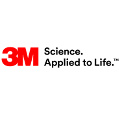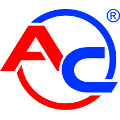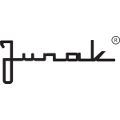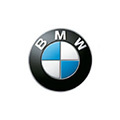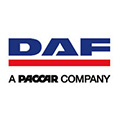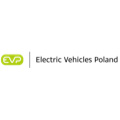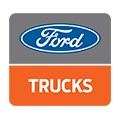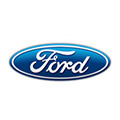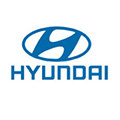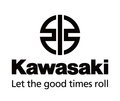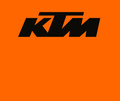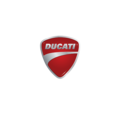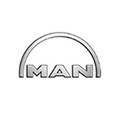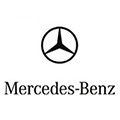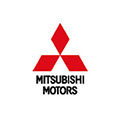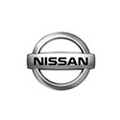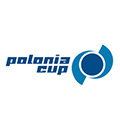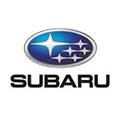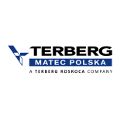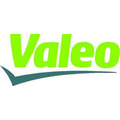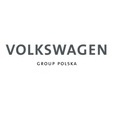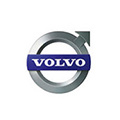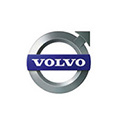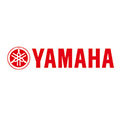09_18 The best EV recipe is fine dining, not fast food
The appetite for electric vehicles (EV) is increasing across the world, with some countries more voracious than others. Norway, the Netherlands and France can’t get enough of it, while Australia and Brazil have yet to develop a taste. But no matter how hungry, satisfying it now and in the future relies on a careful blend of factors. In many ways, it’s like creating and serving a fine meal.
A chef brings together the finest raw ingredients in a carefully planned recipe, then describes and sells the finished meal on a menu. Getting one of these elements wrong at the outset dooms the dining experience for the end consumer. No matter how good the recipe or menu description, if poor quality ingredients are used, the meal will be a disappointing experience. The same will result if the recipe has flaws or the menu is badly written.
Start right or go wrong
So, preparing the way for the successful adoption of EV begins by assembling high-quality raw ingredients. The first of these is the infrastructure to support the concept. Abundant charging stations will overcome consumers’ reservations about owning and running an EV, while exclusive, EV-only lanes and parking lots in urban environments will sweeten the deal. Again, Norway are streets ahead here. Of course, the vehicles themselves are fundamental to the success of the EV mix. Attractively designed, robustly built and with ample distance range is the very least owners expect. Agility, comfort and the latest connectivity technology are extra touches that add the distinctive flavour necessary to stimulate curiosity and delight. Like the ingredients used to create a meal, a combination of high quality solutions and the freshest thinking is essential to whet the appetite.
A recipe for success
Assuming the best raw ingredients have been put in place, turning them into a palatable, tempting proposition requires craft and ingenuity. The creativity needed will stretch the innovation and imagination of those who are perfectly placed to deliver it. These ‘chefs’ all have very different roles, skills and agendas, but they must learn to work together in the same kitchen, helping and complementing each other to serve up an irresistible EV feast.
Urban planners and policy-makers must decide if a carrot or stick approach will work best. Encouraging uptake through incentives or forcing behavioural change by restricting current convention. In Norway, for example, there’s exemption from 25% purchase tax (VAT), 40% reduced company car tax, free parking, half-price ferry tickets plus zero annual road tax and a host of other EV-only benefits. That’s quite some carrot! And as a result, over half of vehicles sold are either hybrid or electric.
Car manufacturers and governments must work together to formulate compelling strategies that encourage EV purchasing by private individuals, rental networks, ride-hailing companies and car sharing schemes. Tax breaks, generous trade-in deals and innovative finance are just a few of the options available.
Dealer networks can play an important role too because persuading drivers to get a taste of the new technology through test drives and promotional events goes a long way in helping them imagine using it on a daily basis. To date, there has been a lack of available EV models in dealer showrooms to pique the curiosity of traditional car buyers. It’s a missed moment of opportunity, as the buyers are at their most engaged and excited when on the showroom floor.
Entrepreneurs and influencers are also vital to the creation of the ideal EV recipe. App-based innovations such as the EV home charging community Book My Charge demonstrate how applying digital thinking to the EV proposition unlocks new opportunities as well as making the EV experience more convenient and enjoyable. Innovative EV tech also increases consideration and usage as it fills niche holes in the mobility picture. Foldable, light e-bikes, used to complete the final mile of commuters’ journeys are becoming increasingly common. Peugeot’s eF01 e-bike, a feature that fits in the boot of the Peugeot 5008 SUV, is a great example. Small vehicle initiatives, such as the Renault Twizy and e-car sharing initiatives like emov or Zity in Madrid, are disrupting traditional car usage and ownership mindsets. Typically, the personalities behind ideas like these will also help to spread the EV story wider on social networks – a key channel for information and validation for early adopters of emerging trends.
The marketing menu
Which brings us neatly to the final, crucial piece in the EV meal – the marketing of it. Just as a restaurant menu describes and prices all the available options, EV marketing must communicate its most appealing, relevant features. Targeting audiences based on their motivations and unmet needs is crucial to make the most of all the preparation and blending of the EV ingredients thus far.
Temptation is key
Enticing car buyers to test EVs for themselves will be the single biggest sales driver in the early years of the technology. Until it becomes the accepted norm, manufacturers, marketers and policy-makers need to cook up some tasty deals. They need to go beyond promising fewer emissions and start to promote the driver/passenger benefits EV brings. A smoother ride, faster acceleration, greater interior space and jaw-dropping design are vital ingredients in the recipe. What remains to be seen is if combining creative narratives with unarguable logic, imaginative ownership options and affordable pricing will be enough to tempt traditional drivers away from combustion. That will be EV’s truest taste test.
Commentary by Guillaume Saint, Kantar Global Automotive Lead
Kantar Consulting conducted research in 9 key automotive markets to explore attitudes towards electric vehicles. The results were analysed with automotive experts at Kantar TNS.

